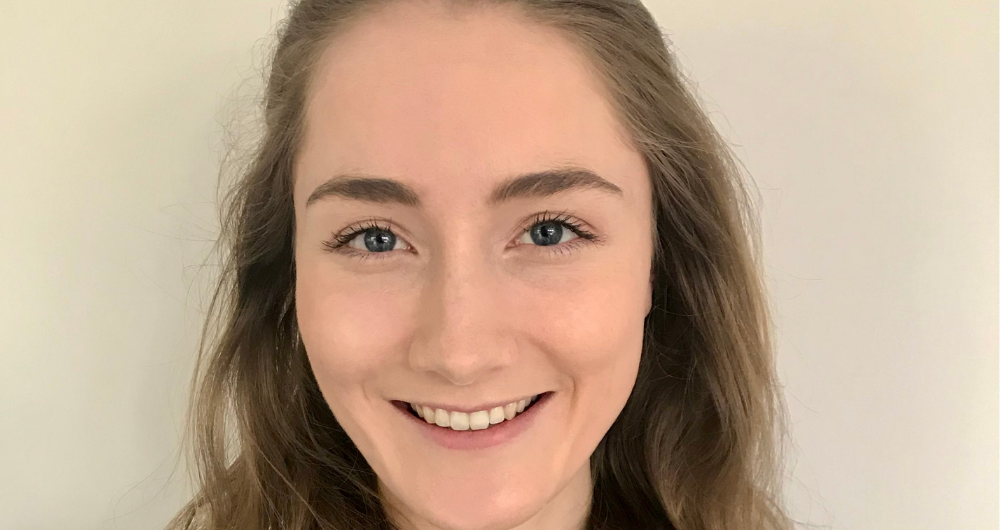
Deep learning models offer more accurate diagnosis for timely, non-invasive treatment
Cliodhna Gartland, PhD student
Developmental Dysplasia of the Hip (DDH) is a developmental deformity occurring in 0.1-3.4% of infants, which equates to approximately 1,500 infants born every year in Ireland with the condition.
If diagnosed before three months of age, most cases of DDH can be effectively treated using a harness, which has much higher rates of success than the open surgery required to fix more advanced stages of the condition diagnosed later in life.
Without treatment, the condition could result in hip degeneration and the need for hip replacement surgery. In fact, the condition accounts for approximately 20% of all hip replacements performed in patients younger than 50 years of age. Unfortunately, the current diagnostic metric for DDH using a radiograph, the Acetabular Index Angle (AIA), is unreliable, with high inter-operator variability, particularly in young patients where key areas are not ossified enough for a clear picture. This results in the misdiagnosis of many borderline cases during the key early period for effective treatment.
Insight’s Cliodhna Gartland and her team aim to develop a new diagnostic metric for the condition using deep learning models. They are developing models for two key tasks: segmenting the femoral head and annotating 22 landmarks chosen by the team clinician. They are also developing the landmark detection model using heatmaps and a U-Net algorithm.
An ME student is continuing to develop the femoral head segmentation model using a region-of-interest network. The results of both are encouraging but not yet at a level of accuracy acceptable for medical use. Once they are, the team plans to use the data from both models to develop a new metric that better diagnoses the condition in young children. One such possibility for a new metric involves analysing the curvature of the femoral head and corresponding acetabulum.